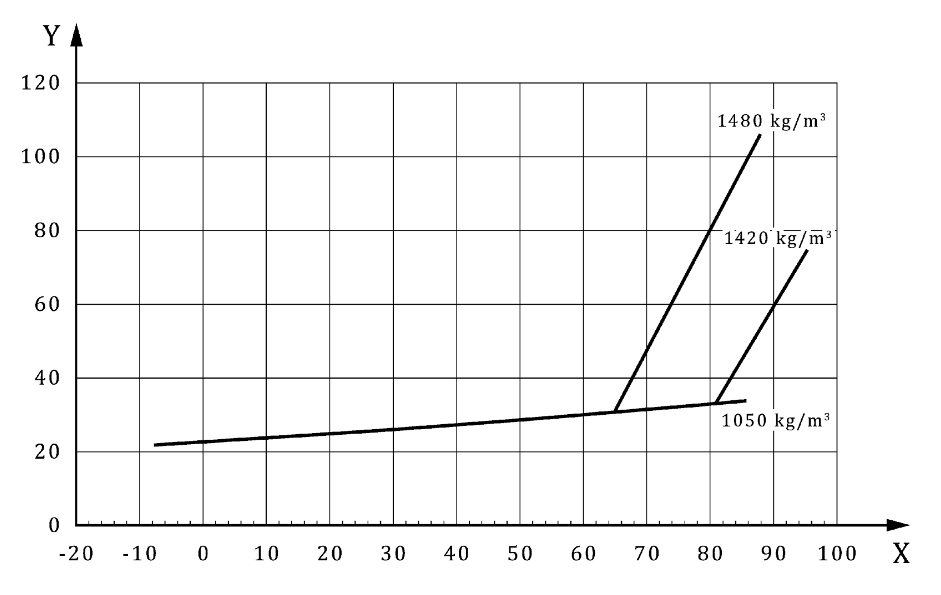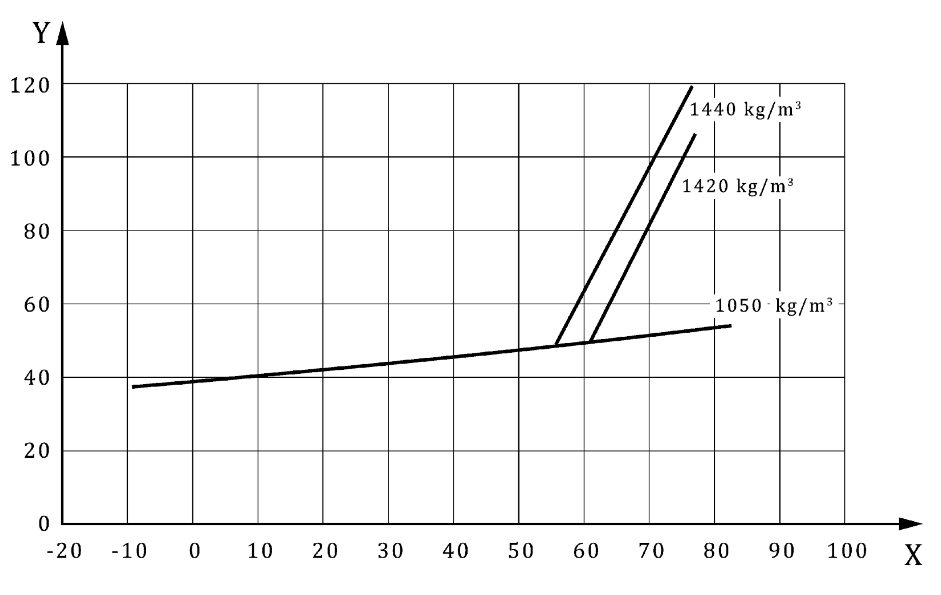Overview.
FK-5-1-12 protects thousands of facilities around the world against the risk of fire. The extinguishing agent, a substitute to the more widely recognised Halon 1301, has excellent fire extinguishing performance and other ideal characteristics. FK-5-1-12 clean agent requires significantly less cylinders as the synthetic agent is stored as a liquid
Using EN standards for reference, there is a safety margin of over 70% between the typical design concentration and the NOAEL (No observed adverse effect limit)- Upon activation from an automatic detection system, the agent is designed using hydraulic flow calculation software to discharge and reach the adequate extinguishing concentration within 10 seconds for fast extinguishing, compared to the 60 or 120 second allowance given to Inert gases.
- FK-5-1-12 is not subject to F-Gas regulation and has favoured environmental properties over its close competitor, HFC-227ea (FM-200).
Trade Names.
3M Novec 1230 Fire Protection Fluid and Novec 1230
Chemical Composition.
Chemical Name - Dodecafluoro-2-methylpentan-3-one
Chemical Formula - CF3CF2C(O)CF(CF3)2
Gas Specification.
The gas specification is usually confirmed with a certificate of conformity (COC) from the manufacturer. It’s also important to ensure each specification is maintained during the 10-year testing and a new COC is provided confirming each requirement below by your supplier for the new re-filled or re-tested agent.
| Property | Specification Limits |
|---|---|
| Purity | 99,0% mol/mol min. |
| Acidity | 3×10−6by mass, max. |
| Water Content | 0,001% by mass, max. |
| Non-Volatile Residue | 0,03% by mass, max. |
| Suspended Matter or Sediment | None visible |
Physical Properties.
| Property | Units | Value |
|---|---|---|
| Molecular mass | n/a | 316.04 |
| Boiling point at 1,013 bar (absolute) | °C | 49.2 |
| Freezing point | °C | –108.0 |
| Critical temperature | °C | 168.66 |
| Critical pressure | bar | 18.646 |
| Critical volume | cm3/mol | 494.5 |
| Critical density | kg/m3 | 639.1 |
| Vapour pressure 20 °C | bar abs | 0.326 |
| Liquid density 20 °C | g/ml | 1.616 |
| Saturated vapour density 20 °C | kg/m3 | 4.330 |
| Specific volume of superheated vapour at 1,013 bar and 20 °C | m3/kg | 0.0719 |
| Heat of vapourization at boiling point | kJ/kg | 88.0 |
Design Concentrations.
| Standard | Class A | Higher Hazard Class A / Class C | Class B |
|---|---|---|---|
| (BS) EN 15004 | 5.3% | 5.6% | 5.9% |
| NFPA 2001 | 4.5% | 4.5% | 5.9% (n-heptane) |
| APSAD | 5.3% | N/A | Subject to hazard |
Loael, Noael & Minimum Safety Precautions.
The below is based on the requirements of EN 15004 which is the most common design standard in the UK and other European areas.
| Property | Value |
|---|---|
| No observed adverse effect level (NOAEL) | 10% |
| Lowest observed adverse effect level (LOAEL) | >10% |
| Concentration | Time delay device* | Automatic / Manual Switch** | Lock-off device*** |
|---|---|---|---|
| Up to and including the NOAEL | Required | Not Required | Not Required |
| Above the NOAEL and up to the LOAEL | Required | Required | Not Required |
| LOAEL and above | Required | Required | Not Required |
* Time delays are usually integrated within the main gas extinguishing panel to allow a 30 second delay before the system discharges. Hold off buttons are also usually located adjacent the exits of the enclosure.
** Automatic / Manual switches are usually integrated into the main gas extinguishing panel located at the entrance of the protected area.
*** Lock-Off devices are usually manual isolation valves installed within the pipework and again located at the entrance of the protected area.
FK-5-1-12 Quantity Calculation.
Typically, gaseous extinguishing systems are used for protecting electronic equipment in data rooms or similar, we have therefore prepared a quick calculation to help understand and estimate the quantity FK-5-1-12 agent required in your enclosure. The factor provided below is also based on a design temperature of 20°C and an altitude of 0, changes in either will have a small effect on the agent quantity.
Design Concentration = 5.6% (Higher Hazard Class A)
Flooding Factor = 0.8253
Volume of enclosure in M³ x Flooding Factor = Quantity required in KG
[Example assuming room volume of 150m³]
150 x 0.8253 = 123.795kg
For a calculation spreadsheet in excel format or for quantity calculations outside of these parameters, please contact us directly at
hello@mepfire.com.
Typical Cylinder Fill Weights, Sizes, Pressures & Quantity Calculator.
FK-5-1-12 cylinders come in a variety of sizes depending on the manufacturer but below we have presented an example list of a manufacturer’s sizes.
As a general rule, cylinders can be filled to a maximum of 90% of their volume or a minimum of 40% of their volume in Kg.
| 15 Litres | 30 Litres | 50 Litres | 80 Litres | 120 Litres | 150 Litres | 180 Litres | |
|---|---|---|---|---|---|---|---|
| Maximum Fill | 13.5kg | 27.0kg | 45.0kg | 72.0kg | 108.0kg | 135.0kg | 162.0kg |
| Minimum Fill | 6.0kg | 12.0kg | 20.0kg | 32.0kg | 48.0kg | 60.0kg | 72.0kg |
Typically, cylinders are pressurised to 25, 42 or 70 bar.
By using the quantity calculation above, and the maximum fill of each cylinder above, you can work out how many cylinders are typically required for your protected area.
Environmental Considerations.
FK-5-1-12 has zero
ozone depletion potential and a
global warming potential of less then 1. The agent has the highest environmental profile of synthetic clean agents available today and is given an atmospheric lifetime of five days. The fluid is not subject to the European F-gas Regulation or any other International Directive or Regulation currently.
Temperature Vs Pressure Graphics
Temperature graphs are useful for verifying the pressure or your cylinders and whether they need replacing in line with the recommendations of BS EN 15004 which advises:
- Liquefied gases: for halocarbon agents, if a container shows a loss of agent in quantity of more than 5% or a loss of pressure (adjusted for temperature) of more than 10 %, it shall be refilled or replaced.

Temperature/pressure graph for FK-5-1-12 at 25 bar @ 20°C

Temperature/pressure graph for FK-5-1-12 at 42 bar @ 20°C
FAQs.
-
What is FK-5-1-12?
FK-5-1-12 is used as a gaseous fire suppression agent typically used in scenarios where water-based fire suppression (eg. Sprinkler or watermist systems) would be impractical or where it could damage expensive assets, such as museums, server rooms, banks, clean rooms and hospitals. It functions by rapidly removing heat to extinguish a fire before it starts; also, its density enables it to displace air and starve the fire from oxygen.
-
How much does FK-5-1-12 cost?
The cost of FK-5-1-12 depends on the volume you are purchasing, where and who you are purchasing it from and in some cases, the reason for purchase. The market has seen prices as low as £10/kg all the way up to £30/kg. As a consumer, the fire protection hardware would compromise a significant proportion of the price.
-
What’s the difference between Novec 1230 and FK-5-1-12?
Simply put, Novec 1230 is a trade name or chemical name for the product manufactured by 3M. When the chemical is manufactured elsewhere, it meets the same specification and is governed by the same rules and regs. FK-5-1-12’s chemical composition does not change. However, when purchasing the product from 3M, you are supported by their technical experience and the warranties they offer.
-
Who manufactures FK-5-1-12?
3M is the most recognised producer of FK-5-1-12 under the brand name of Novec 1230 as they had a long-standing patent in place for it’s manufacture. However, the patent for Novec 1230 as a fire extinguishant ended on July 19, 2020. Since then, alternative manufacturing facilities have opened worldwide who seem to be selling the chemical at much more competitive rates.
View Our Full Site
Visit the full MEP Fire website for all your fire suppression needs.
All Rights Reserved | MEP Fire
We use cookies to ensure that we give you the best experience on our website.
